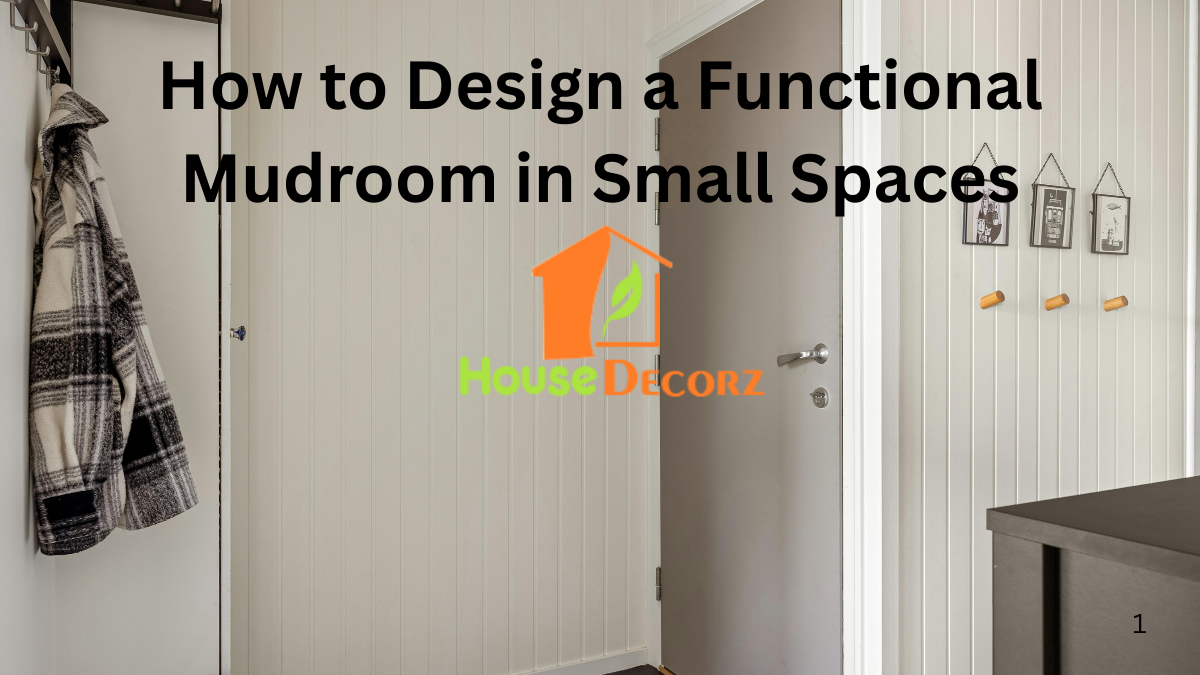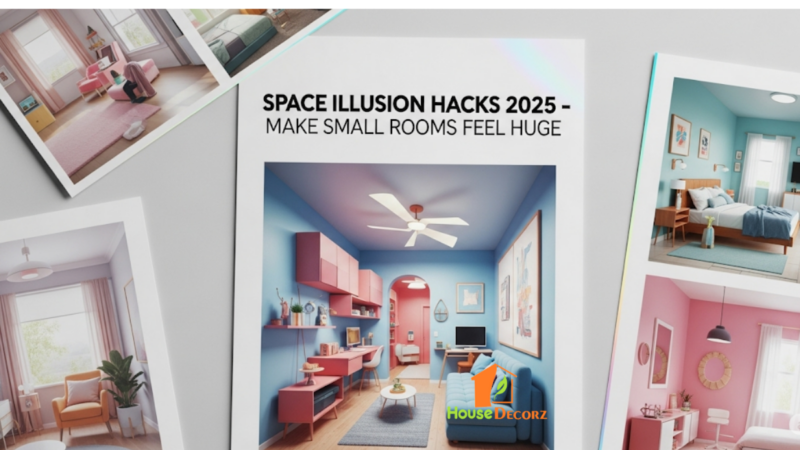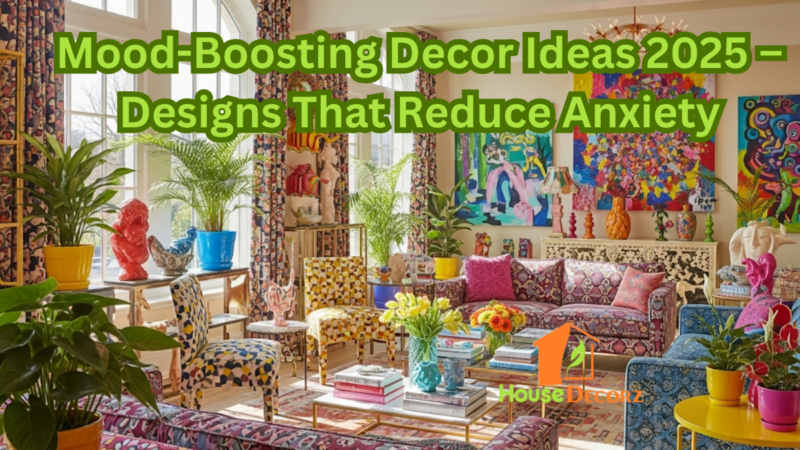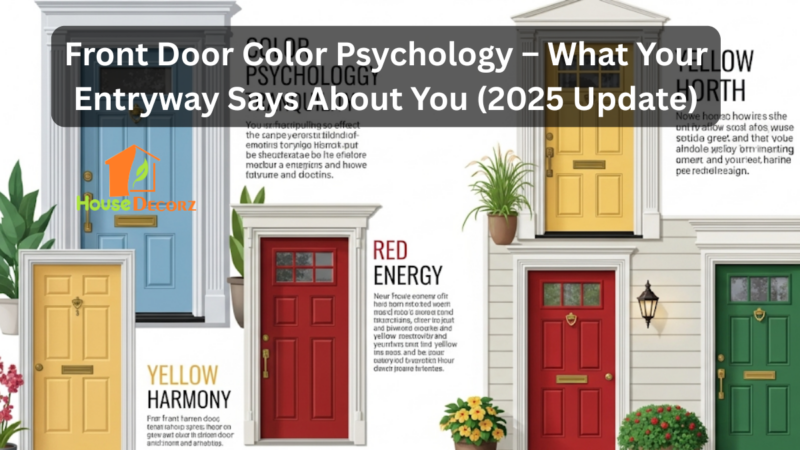How to Design a Functional Mudroom in Small Spaces

Creating a mudroom in a tight area might seem like a challenge, but with the right approach, even the smallest corner can become an organized, efficient entryway.
Whether you’re working with a narrow hallway, a closet near the door, or a tight nook by the back entrance, the key lies in smart design choices.
Here’s how to design a functional mudroom in small spaces without sacrificing style or practicality.
Design a Functional Mudroom in Small Spaces
Choose the Right Location
Before you begin, identify the best spot in your home for a mudroom. It doesn’t have to be a separate room—it could be part of your entryway, a wall in your hallway, or a section of your laundry room. The goal is to create a transitional space where outdoor items can be stored before entering the main living area.
Pro Tip: Use vertical space along the wall near your front or back door to carve out a mini mudroom zone without taking up floor area.
Maximize Vertical Storage
When square footage is limited, think vertically. Wall-mounted hooks, open shelving, and tall cabinets are all great ways to store everyday items without eating up floor space.
- Hooks are perfect for hanging coats, bags, hats, and leashes.
- Upper shelves can hold seasonal items, baskets, or bins.
- Slim cabinets provide closed storage for shoes and gear you don’t want on display.
This approach keeps clutter off the floor and creates a visually clean look—a must for compact areas.
Built-In Benches with Storage
A bench isn’t just for sitting—it can double as hidden storage. Choose a bench with cubbies underneath for shoes or baskets for loose items like scarves and gloves. If space is extra tight, opt for a flip-top bench to tuck things away out of sight.
Example: In a small apartment, a narrow entry bench with pull-out drawers underneath can serve as a seat, shoe organizer, and catch-all zone in one compact piece.
Use Multi-Functional Furniture
When every inch counts, your furniture must do more than one job. A mirror with hooks, a console with baskets, or a coat rack with a shelf—these double-duty items combine form and function seamlessly.
Look for:
- Hall trees (vertical furniture with hooks, shelves, and seating)
- Over-the-door organizers
- Slim rolling carts for flexible storage
These solutions align well with small mudroom ideas that are adaptable and renter-friendly.
Incorporate Smart Entryway Storage Tips
Practical entryway storage tips can make a big impact in a small space. Keep things organized with labels, dividers, and designated zones for each family member. Here are a few smart tips:
- Label baskets for each person to eliminate morning confusion.
- Install a mail sorter or key rack to keep essentials accessible.
- Add a tray or mat for wet or muddy shoes to protect your floors.
Keeping your mudroom tidy is just as important as the initial setup. Build habits that encourage daily use and upkeep.
Use Light and Color to Your Advantage
Bright colors, mirrors, and good lighting can visually expand your space. Stick to neutral tones or whites to reflect light and make the room feel open. Add a pop of color through accessories or wall art to keep it lively without overwhelming the area.
Lighting Tip: A well-placed wall sconce or overhead light can make the space feel more intentional and less like an afterthought.
Personalize the Space
A functional mudroom doesn’t have to be purely practical—it can be beautiful, too. Add cushions, artwork, or a chalkboard for reminders and notes. Personal touches make the area more welcoming and easier to maintain.
Example: A small mudroom with a family command center (calendar, key hooks, message board) adds both utility and charm in a compact footprint.
Recommendation
How to Use Mirrors to Make Small Rooms Look Bigger and Brighter
Best Color Combinations for Small Living Rooms
How to Decorate a Small Living Room to Look Bigger
How to Organize a Small Entryway to Maximize Space
Space-Saving Furniture Ideas for Small Homes and Apartments
FAQs: Small Mudroom Design
Q1: What’s the smallest space I can use for a mudroom?
You can design a mudroom in as little as 3 to 4 feet of wall space. Even a corner with hooks, a bench, and a shelf can serve as a functional entryway zone.
Q2: How do I keep a small mudroom from feeling cluttered?
Use storage bins, baskets, and vertical solutions to keep things organized. Stick to a minimal color palette and regularly purge items you no longer use.
Q3: Can I add a mudroom in an apartment?
Yes! Use movable furniture like slim benches, wall-mounted organizers, and over-the-door hooks to create a temporary but highly functional mudroom setup.
Q4: What are the best storage items for small mudrooms?
Look for multi-functional pieces like benches with cubbies, hall trees, and modular wall systems. Baskets, labeled bins, and drawer organizers also help maximize efficiency.
Q5: How can I make a small mudroom kid-friendly?
Add lower hooks and bins within easy reach for kids. Use durable, washable materials and assign specific areas for each child’s gear.
Final Thoughts
By using smart layout choices, vertical storage, and multi-use furniture, how to design a functional mudroom in small spaces becomes less about limitation and more about innovation.
With the right strategy, your small mudroom can pack a powerful punch—organizing chaos, streamlining routines, and welcoming you home in style.






